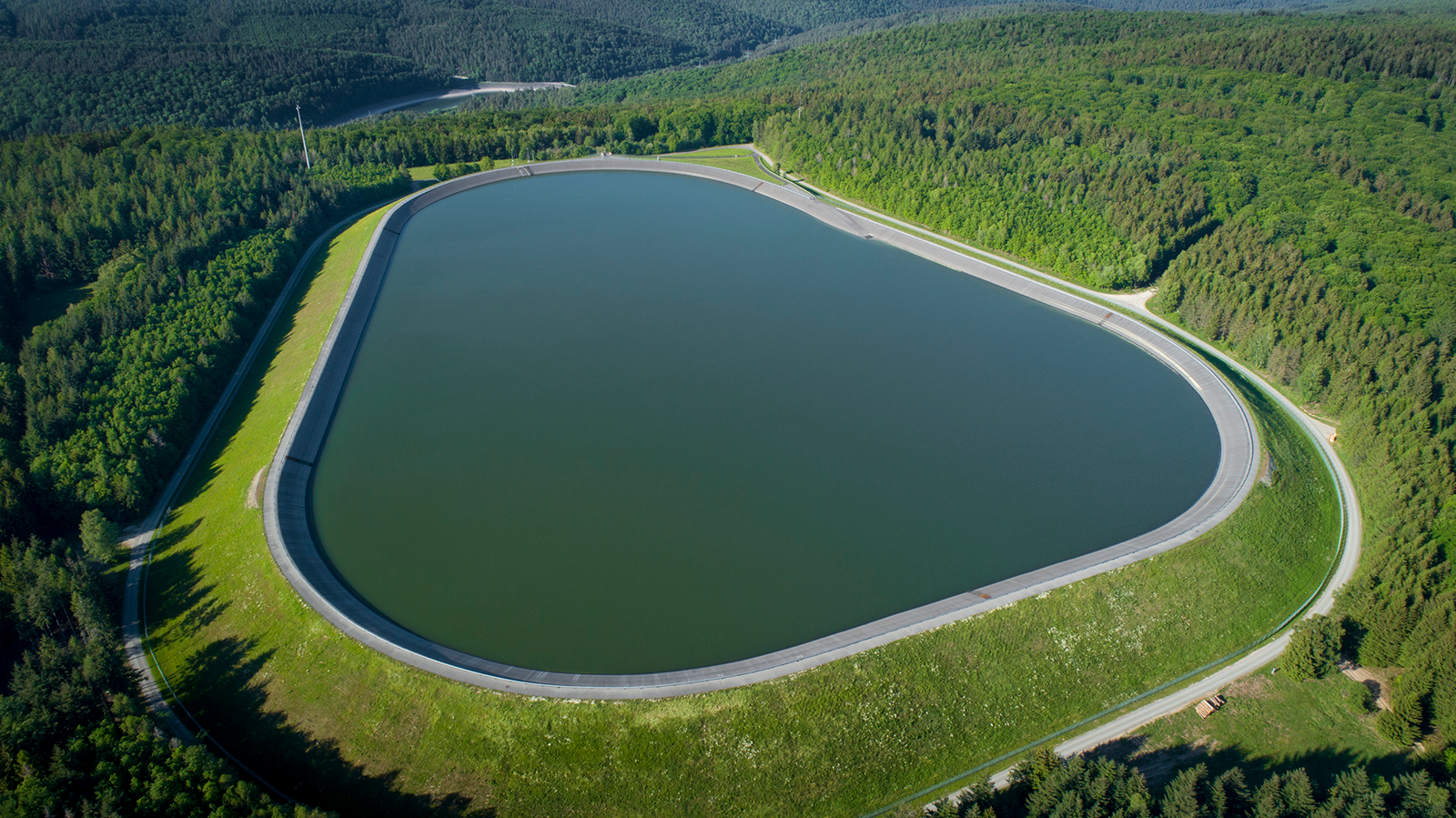Heads turn for long-duration energy storage — the 21st century’s energy matchmaker

By Margret Nellissery, BRC-Canada Analyst
April 24, 2024
In the 21st century, a modern variety of matchmaker will play a pivotal role in how and when we get our energy. Energy storage is fast becoming the new darling of the renewable energy world, as people come to realize the technology’s potential for pairing energy supply and demand.
Over the next five years, nearly 3,700 gigawatts (GW) of new renewable capacity will become operational worldwide, with solar and wind energy expected to more than double by 2028 compared to 2022. (A gigawatt is enough energy to power 100 million LED lightbulbs.) Renewables have made great strides but achieving global net-zero emissions and limiting warming to 1.5˚C demands even swifter renewable energy growth. Energy storage could be the solution to accelerate renewable energy growth while handily addressing challenges faced by an electrical grid incorporating a robust supply of renewable energy.
With the potential to play a critical role in different parts of the electricity grid, from electricity generation, transmission, and distribution, energy storage is crucial for the growth of renewable energy. Energy storage smooths out variability in renewable energy supplies — banking wind and solar power during peak production for later use — and has the potential to provide stability even during extreme weather events that disrupt electricity production. It can also solve the problem of insufficient and congested transmission and distribution infrastructure.
While battery energy storage remains one of the most common storage technologies in the market, another category of storage called long-duration energy storage (LDES) is creating a notable shift in the renewable energy world.
The game-changing nature of LDES becomes clear once you sort out the difference between short-term and long-duration storage. Short-term energy storage technologies, like lithium-ion batteries, can store energy for four hours or less. They balance short-term variations between generation and load until the main source of power returns. But LDES is expected to actively contribute to grid reliability and provide continuous energy during demand by storing over 10 hours or more of energy at their rated power.
LDES technologies, like flow batteries with more than 10 to 12 hours of energy storage, could help companies store energy when electricity prices are low and sell it when prices are high to generate a profit. (Renewable energy developers are increasingly drawn to integrating storage, not only to enhance grid resilience, but also to cater to the interests of energy buyers, something we discussed in depth in our primer for community participants only, PPA for Rainy Days – Energy Storage for Corporate Buyers.)
Thermal or green hydrogen storage could provide even longer durations than batteries. LDES could potentially provide 180 days of seasonal storage, allowing regions like Alberta to effectively produce electricity from the sun’s energy in the summer months and then use it during the winter.
LDES is paramount to tripling renewables by 2030 and becomes more pronounced in power systems with a high percentage of variable renewable generation. Fully decarbonized power systems equipped with LDES of 100 hours or more are expected to be more cost-effective than systems reliant on shorter-duration storage technologies.
Where are we in terms of its development? LDES systems have been around for decades, most notably as pumped storage hydropower systems. Other LDES systems currently taking off at a commercial scale include compressed air energy storage, liquid air energy storage, non-lithium-ion batteries, and hydrogen-based energy storage systems.
But it's not just developers and grid operators eyeing LDES, large corporate companies or energy buyers are interested in LDES as part of a suite of other clean technology innovations. There are some strong leaders in this field. Google, Microsoft and Nucor, among the world's largest energy buyers, are working together to tackle the challenges of developing advanced clean electricity technologies. They are developing business models and aggregating demand to accelerate the development of early commercial projects in clean technology, with LDES being an important component. This partnership will reduce risks for utilities and developers considering these projects and enable investments required to deploy and implement impactful technology targeting emission reductions.
